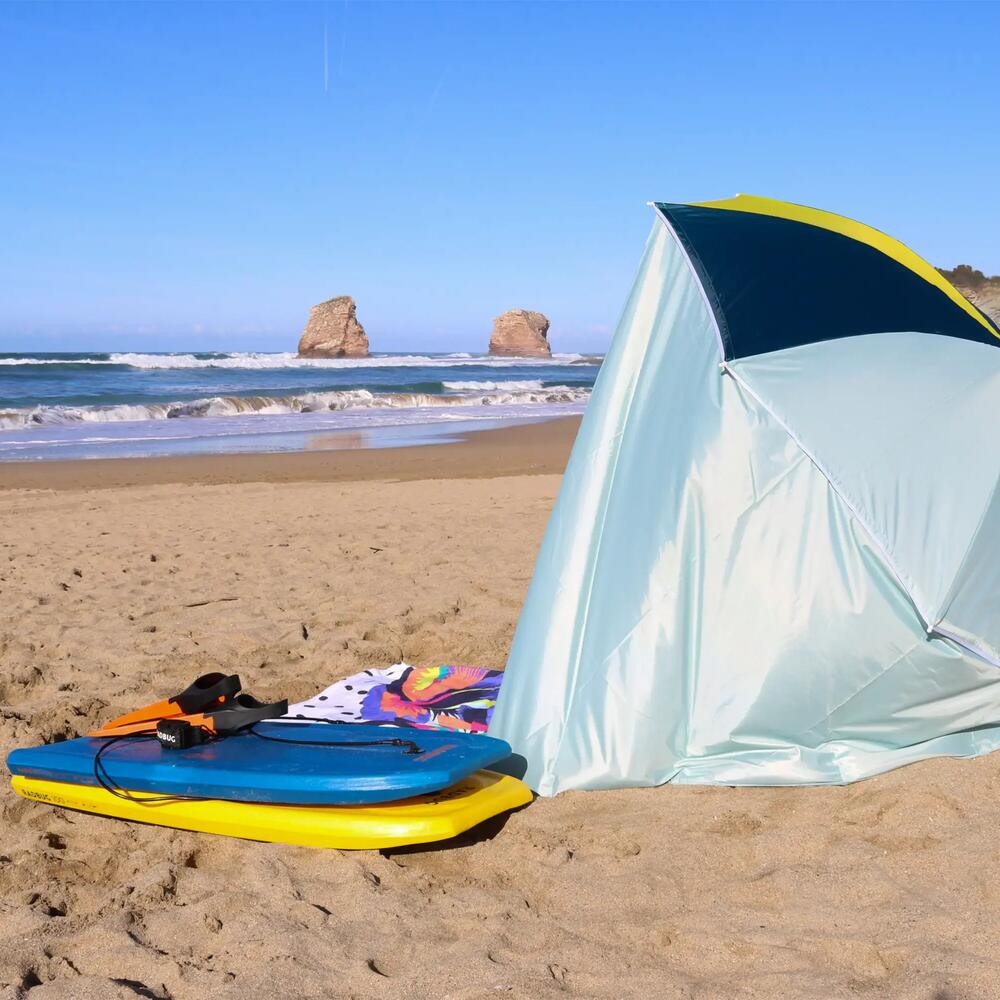Sun protection
Here are the levels of protection of the UPF (Ultraviolet Protection Factor) values, which indicate the level of sun protection. Ideally, choose a UPF 50+ fabric, which means that it blocks at least 95% of UV radiation.
UPF 10 to 19: Low protection
UPF 20 to 39: Medium protection
UPF 40: Very good protection
UPF 50 or 50+: Optimal protection
Our fabrics are tested in accordance with standard AS 4399: 2020 (for Australia) and UPF 50+ of standard NF EN 13758-1. Be mindful, however, that even under a parasol or sun shelter, you are not 100% protected from the damaging effects of the sun. They cannot block the sun's rays that reflect off the sand. As such, uncovered parts of the body must be protected: sunscreen, sunglasses, clothing, etc.




